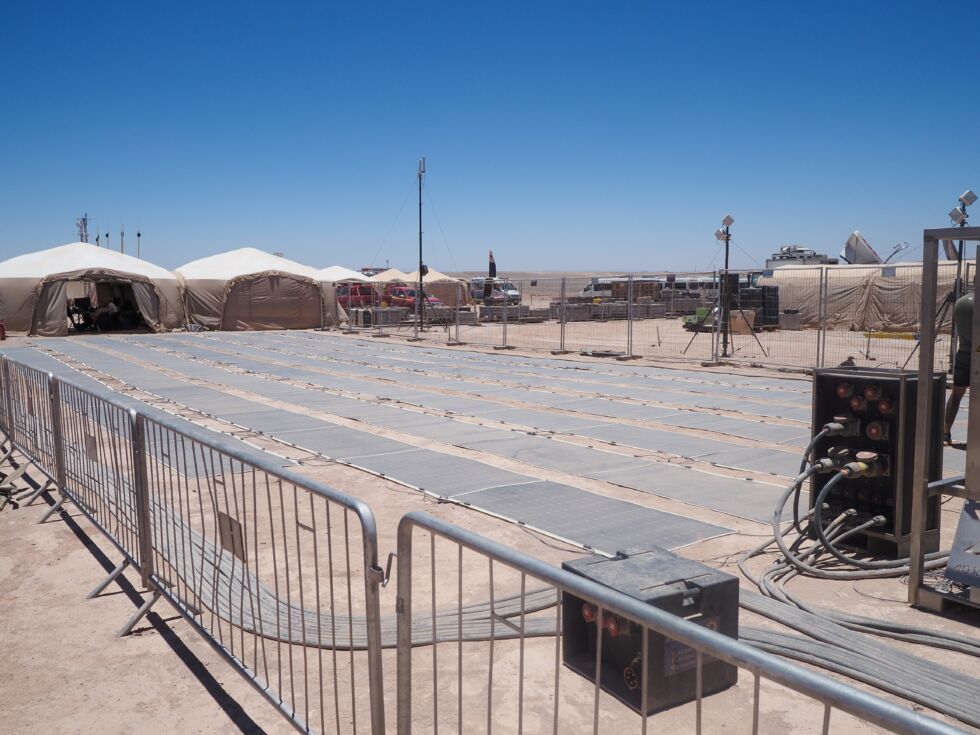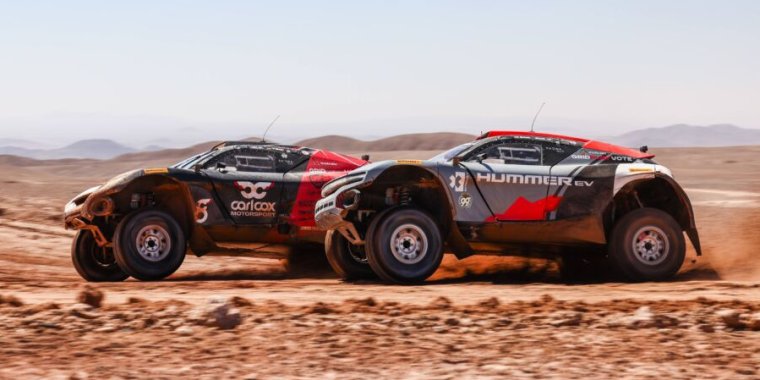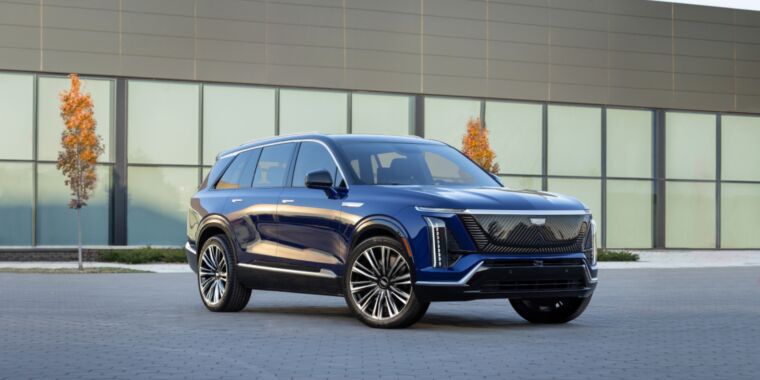Colin McMaster / LAT Images
ANTOFAGASTA, Chile — On a picnic bench in Chile’s Atacama Desert, one of the most remote locations on Earth, Alejandro Agag is holding court.
“Welcome to the edge of the world,” he laughs, gesturing toward the vast desert around him. A gust of wind kicks a cloud of sand and dust across the table. “It’s amazing, this place.”
The 53-year-old Spanish entrepreneur is taking in the sights and sounds of the season 3 finale of Extreme E, the off-road electric racing series he launched in 2021. Part of the series’ ethos is that it races exclusively in regions of the globe that are heavily impacted by climate change (such as the Atacama Desert—the driest, non-polar region on Earth), typically with no spectators present.
And while the competition during the finale is dramatic—with five of the series’ 10 teams in contention to win the championship—racing has taken a firm backseat this weekend. Conversation instead has centered on Agag’s recent proclamation that Extreme E will rebrand as Extreme H in 2025, becoming the first racing series powered fully by hydrogen.
“We want to be the first to be doing it,” says Agag, holding his hand up to shield his face from the still-swirling sand. “The challenge is there, and we love challenges—the challenge of working with a whole new technology, relevant technology that can have real, huge uses in the economy in general.”

Extreme E
Agag is no stranger to pioneering new racing technology: He is also the founder and chairman of Formula E, which was the first all-electric racing series when it debuted in 2014. To bolster his credibility in establishing Extreme H by 2025, Agag recently announced that the fledgling series would be joining a working group with Formula 1 and the International Automobile Federation (FIA) to further explore the development of hydrogen fuel. Extreme H is also slated to gain FIA World Championship status by 2026.
“My idea, my pitch, for Formula 1 was to say, listen, you don’t know which technology will be the winning one,” Agag explains. “For the moment, you are betting on synthetic fuels… but hydrogen is going to be, maybe, one technology that could be part of the equation. So that’s all that it is, for Formula 1 to keep an eye on what’s going to happen here. And what’s going to happen is we’ll have the first—and, I think for quite a while, the only—pure hydrogen world championship racing.”
In many ways, the working group makes a lot of sense: Five of Extreme E’s existing 10 teams have direct or tangential ties to Formula 1, with the likes of McLaren, Nico Rosberg, Lewis Hamilton, and Jenson Button among its team owners. And the use of hydrogen has become an enticing prospect for all of motorsports, partly because it can be used in combustion engines (“They [Formula 1] like noise… and combustion makes noise!” Agag laughs).
Of course, using hydrogen exclusively to fuel a racing series is no small feat, and other hydrogen-based projects have been plagued by setbacks and delays in recent months. Most notably, the Le Mans hydrogen class has already been delayed to 2027, citing safety concerns.
But Extreme E believes its style of racing—short sprints that last approximately 10 minutes—is perfectly suited to showcasing and testing the power of hydrogen fuel cells, and the series’ leadership is confident that after initial testing last month, they will be running their first fully hydrogen race by February 2025.

Gregory Leporati
Getting all the operations up and running in only 13 months certainly won’t be easy, though. “Switching that one letter to H means we have to switch a million other things,” Agag says.




